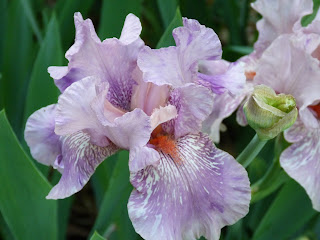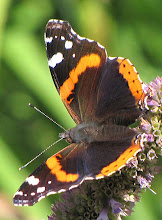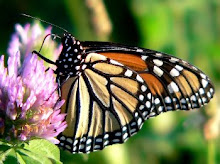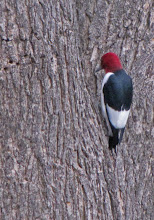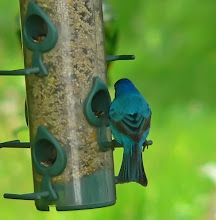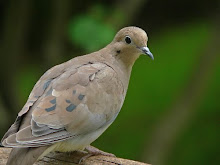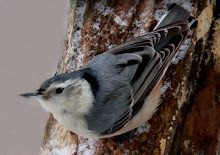This post celebrates the bearded iris. They are an
incredible plant, a contradiction in every way. Their blooms are like the
finest silk, almost transparent and easily damaged. The plant itself is
cast iron. It withstands abuse, can be dug and left unplanted for weeks, even months. It ignores bitter cold winters, hot dry
summers, withstands drought and monsoon rains. It tolerates neglect,
crowding by other plants, weeds and grasses. Iris are often found at abandoned
farm and home sites long after other plants have given up and died.
A little iris history: The iris is named for the mythological
Greek goddess of the rainbow. The oldest known painting of an iris
dates back to 2100 B.C. Crete . The iris form inspired the French fleur de
lys which was the symbol on the French flag until the revolution and is still
the symbol on the Quebec
Driving the rural roads of northern Illinois
Apparently the bearded iris hybridize easily and now can be found
in the most exquisite combinations of colors.
Here are















